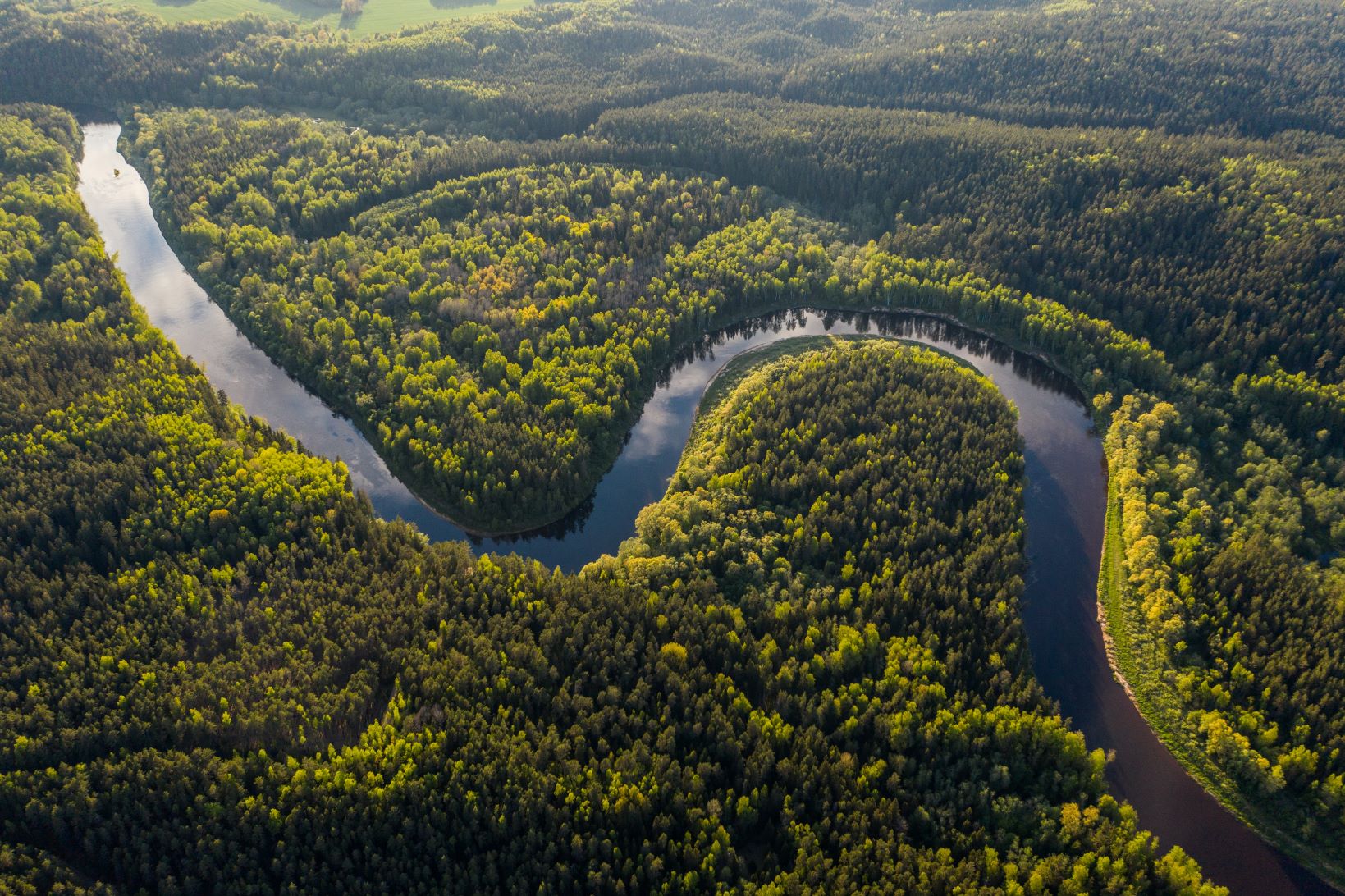A beginner’s guide to offtake agreements
When companies step into the carbon removal market for the first time, one term comes up again and again: offtake agreements. It sounds technical, but in practice it’s a simple idea with big consequences for your sustainability strategy. Let’s unpack what offtakes are, why you might need one, and what to watch out for when signing an offtake agreement.

What are offtake agreements and why do they matter?
An offtake agreement is a multi-year contract for future carbon removal credits. In other words: you commit today to buy carbon credits that will only be delivered in the coming years.
But why would you do this? The carbon removal market is still small. According to CDR.fyi, only about 0.4% of the volumes we’ll need by 2050 have actually been delivered so far. Most projects are still scaling up, and many credits you’ll want to use in your sustainability reporting simply don’t exist yet.
That scarcity creates two things:
- Higher prices for the few “spot” credits available today
- Growing demand for contracts that secure future supply at predictable prices
That’s where offtake agreements come in. They help developers finance their projects, and they give buyers the certainty of locked-in volumes and prices.
Why businesses use offtake agreements
For sustainability leaders, offtakes are becoming less of a nice-to-have and more of a must-have. Here are three reasons why:
- Supply security: According to Forbes there aren’t enough high-quality carbon removal credits on the market today. Signing an offtake agreement secures your future volumes
- Budget clarity: Rather than chasing credits year after year, you lock in prices and build a clear multi-year budget, which also helps towards your internal stakeholders
- Market impact: Your commitment helps projects grow, attract investors, and remove more carbon
Key things to look out for in offtake agreements
Like any contract, the details of an offtake agreement matter. Three areas deserve special attention: risk management, pricing and internal alignment.
Risk management
Since the carbon credits don’t exist yet, there’s always a chance of delay or under-delivery. Agreements should spell out what happens if timelines slip or volumes fall short.
Pricing
While locking in prices protects you from spikes, you also don’t want to be stuck paying above-market rates five years from now. In the offtake agreement you can add a clause that protects you from market prices being lower than the price agreed upon.
Internal alignment
Offtakes usually cover several years of spend, so they’re bigger than a one-off sustainability purchase. Finance needs to be on board for the budget, procurement needs to handle the contracting, and leadership needs to see the strategic value. You can make your case internally by highlighting the cost and timing savings, while having more impact than purchasing spot credits.
How Cawa helps you secure carbon removal offtakes
If your climate strategy involves carbon removal, you’ll likely need offtake agreements in the years ahead. They can save you money, time, and help the market scale faster. But they also require careful negotiation and strong alignment inside your organization.
That’s where Cawa comes in.
At Cawa, we help organizations design and implement offtake agreements that fit both their sustainability goals and internal realities. From structuring fair pricing terms to getting finance and leadership on board, our team guides you through the process so you can move forward with confidence.
Whether you’re just starting to explore carbon removal or ready to commit to multi-year offtakes, Cawa ensures your agreements deliver impact while protecting your organization’s interests. Reach out to our team to learn how we can support your organization.
FAQs about offtake agreements
Isn't it risky to pay for something that doesn’t exist yet?
Yes, there is some risk. That’s why contracts need clear terms for what happens if credits are delayed or not delivered. Most agreements include fallback options like replacement credits or financial compensation.
Why can’t I just buy credits on the spot market?
You can, but volumes are limited and prices are rising. Spot credits tend to be more expensive, and you might not find the quality or type of project that fits your strategy. Offtakes give you certainty.
What's the typical length of an offtake agreement?
Most are multi-year, ranging from 1 to 10 years. Longer terms often come with better pricing, but they also require stronger internal commitment.
Do offtakes only make sense for big tech companies?
Not at all. While some of the most visible offtake deals so far have been led by large companies, smaller companies can make a significant impact as well. One option is to join forces through coalitions and platforms, like Frontier and the Symbiosis Coalition, where companies pool commitments to unlock larger projects. Another path is to use flexible offtake structures that scale to your needs.
At Cawa we offer tailored offtakes. These allow even mid-sized businesses to secure future supply at a scale that fits their budget, while still demonstrating climate leadership.
How soon can I use the credits in my reporting?
Credits from offtake agreements only count once they’re issued, which means after the project has delivered and verified removal. You can’t claim them upfront, but you can communicate about your forward commitment as part of your climate strategy.



